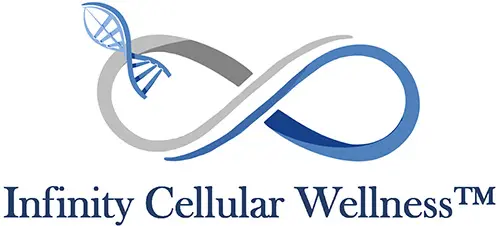Stem cells repair damaged tissue by migrating to the injury site, responding to chemical signals released by damaged cells, differentiating into the specific cell type needed for repair, and releasing signaling molecules (growth factors and cytokines) that stimulate the surrounding cells to proliferate and regenerate the damaged tissue; essentially acting as a “cellular repair kit” by replacing lost cells and promoting tissue healing through both direct differentiation and paracrine signaling.
Key mechanisms of stem cell tissue repair:
- Differentiation:
- Stem cells have the unique ability to transform into different cell types depending on the tissue needed for repair, like muscle, bone, or cartilage cells, allowing them to replace damaged cells with new, functional ones.
- Paracrine Signaling:
- Stem cells secrete various growth factors and cytokines that influence nearby cells, promoting cell proliferation, angiogenesis (new blood vessel formation), and anti-inflammatory responses, facilitating tissue repair.
- Homing:
- Stem cells can actively migrate towards injured areas due to chemical signals released at the site of damage, allowing them to reach the tissue needing repair.
- Growth factors:
- Stem cells release growth factors that stimulate the proliferation and differentiation of nearby cells, further enhancing tissue regeneration.
- Immune Modulation:
- Stem cells can interact with immune cells to regulate the inflammatory response, preventing excessive tissue damage and promoting healing.
Types of Stem Cells Used for Tissue Repair:
- Embryonic Stem Cells:
- These cells have the potential to differentiate into any cell type in the body, but their use is ethically debated due to their origin from embryos.
- Adult Stem Cells:
- Found in various tissues throughout the body, these stem cells are more restricted in their differentiation potential but can still be used to repair specific tissues like bone, muscle, and cartilage.
- Mesenchymal Stem Cells (MSCs):
- A type of adult stem cell commonly studied for tissue repair due to their ability to differentiate into various connective tissue cell types like bone, cartilage, and fat.
Important Considerations:
- Clinical Applications:
- Stem cell therapy is currently being investigated for treating various conditions like heart disease, neurological disorders, osteoarthritis, and burns, where tissue regeneration is needed.
- Ethical Concerns:
- The use of embryonic stem cells raises ethical concerns, while research on adult stem cells is generally considered more ethically acceptable.
- Research Challenges:
- Understanding the complex mechanisms of stem cell behavior and developing effective strategies to deliver stem cells to the target tissue are ongoing research areas.
